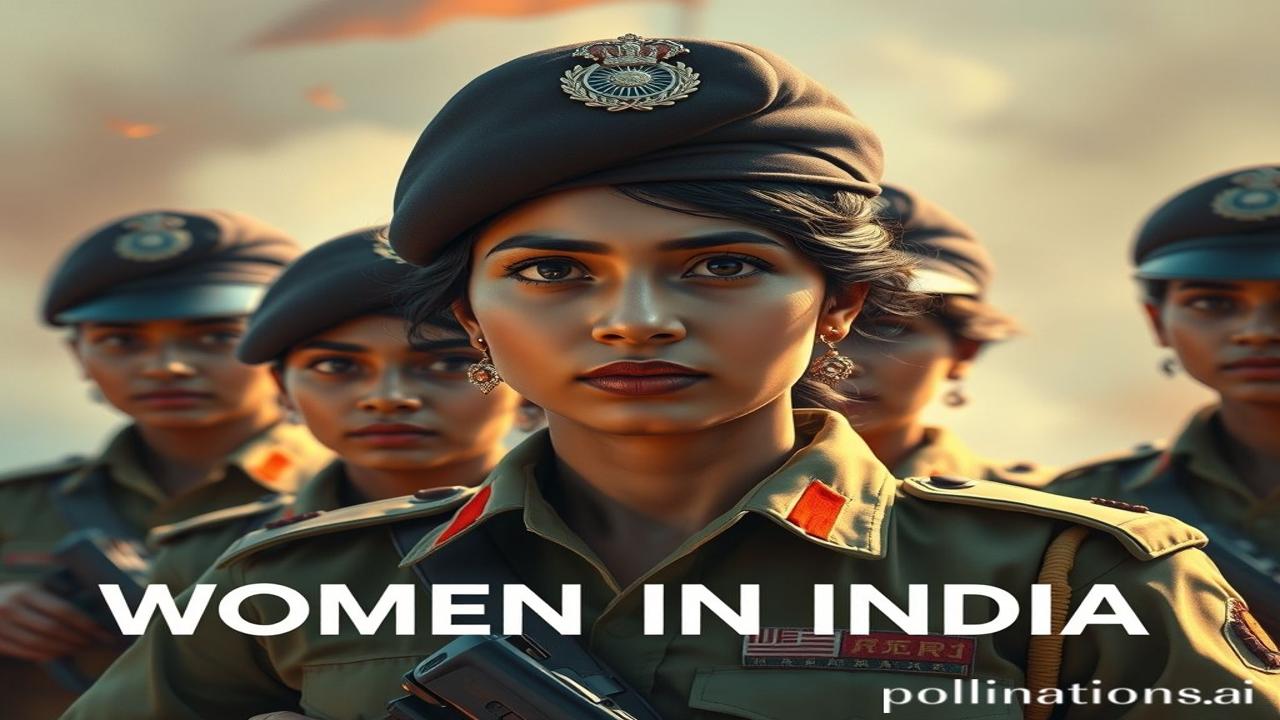Bharat Mata Ki Betiyan: Unsung Sheroes of India’s Freedom Struggle
Waqt ki dhool jami hai purani yaadon par… Imagine, the year is 1930. The air crackles with tension, the scent of swadeshi cloth hangs heavy in the markets, and whispers of revolution echo in every corner. This is India, yearning for freedom. And amidst the chaos and courage, stand the women, their voices a symphony of resistance, their spirits an unyielding flame. Let’s delve into their untold stories, the sherniyon who roared for Bharat Mata.
The Silent Revolution: Understanding the Context
India’s freedom struggle wasn’t just about men in khadi kurtas facing British batons. It was a mass movement, fueled by the collective dreams of a nation. And women, representing every strata of society, played a vital, often unsung, role. From Rani Lakshmibai of Jhansi, whose bravery became a legend in 1857, to the women who courted arrest during the Salt Satyagraha in 1930, their contribution is undeniable. This wasn’t just about political independence; it was about reclaiming swaraj, and for women, that also meant challenging patriarchal norms.
Zamini Sach: Lives Forged in Fire
Let’s picture a scene: A young woman, Suhasini, from a small village in Bengal. Her husband is involved in the andolan, but she feels helpless, confined to the domestic sphere. One day, she sees a group of women organizing a protest march. Something stirs within her. She starts spinning khadi, boycotts foreign goods, and slowly, tentatively, steps out of the shadows. She joins secret meetings, distributing pamphlets under the cover of darkness. Fear is her constant companion, but the desire for freedom burns brighter.
Or imagine Aruna Asaf Ali, fearlessly hoisting the Indian flag at the Gowalia Tank Maidan during the Quit India Movement in 1942, defying the British police. These weren’t just names in textbooks; they were real women, with real hopes and fears, sacrificing everything for a dream. There were Sarojini Naidu, the Nightingale of India, captivating audiences with her fiery speeches; and Captain Lakshmi Sehgal, leading the Rani of Jhansi Regiment in the Indian National Army. Each woman, a spark in the growing bonfire of independence.
Dharohar Aur Pehchan: Echoes of the Past in Today’s India
Even today, the spirit of these women resonates in our society. We see it in the women activists fighting for social justice, in the entrepreneurs breaking glass ceilings, in the farmers protesting for their rights. The shakti they embodied continues to inspire. Their sacrifices remind us that freedom is not a gift, but a hard-earned right, a responsibility we must constantly uphold. Their stories are woven into the fabric of our nation, a dharohar that defines our identity. We remember their courage on Independence Day, but we must strive to live by their values every day.
Majedar Tathya Ya Bhram-Bhanjak: The Truth Behind the Myth
Log samajhte hain ki women only played a supportive role, offering emotional support and household chores. Lekin asli sach yeh hai ki they were at the forefront of many protests, leading movements, and even participating in armed resistance. They formed their own organizations, published underground newspapers, and smuggled weapons. Their role wasn’t just supportive; it was revolutionary. They were strategists, leaders, and fighters in their own right.
Drishya Aur Bhavnayein: Painting the Scene
The air hung thick with the smell of tear gas and the earth trembled under the pounding of marching boots. The temple bells chimed a somber melody, a counterpoint to the cries of “Inquilab Zindabad!”. The rough texture of khadi felt comforting against the skin, a symbol of defiance against the luxurious fabrics of the Raj. Fear mingled with determination in the eyes of the women, reflecting the burning desire for a free India. The sounds of shattering glass, the hushed whispers of conspiracy, the roar of the crowd – all contributed to the symphony of revolution.
Antim Vichar Ya Uddharan: A Lasting Impression
“Sarfaroshi ki tamanna ab hamaare dil mein hai, dekhna hai zor kitna baazu-e-qaatil mein hai.” – Bismil Azimabadi’s words, echoed in the hearts of countless women, continue to inspire us. Let us remember their courage, their sacrifice, and their unwavering commitment to a free India. Let us honor their legacy by building a nation where every woman can live with dignity, freedom, and shakti. Because, ultimately, the story of India’s freedom struggle is incomplete without the stories of its women.
